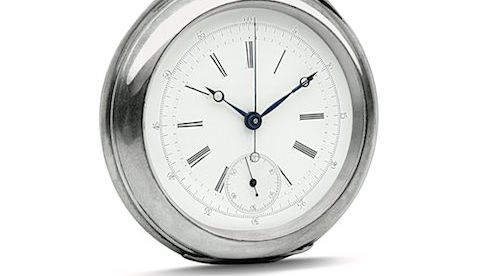

Why the split second matters at Ascot
Words: Hamish Roy
What can happen in a second? For most of us, it is just about enough time to write four letters, or to say about six syllables – something like ‘time immemorial’. With 86,400 of these fleeting intervals making up 24 hours, they are generally the shortest time measurement we use in our day-t0-day lives. Yet in the world of race timekeeping, where there is a demand for ever-increasing exactitude, the scale gets significantly smaller. First it was tenths, then hundredths, then thousandths of a second that were needed to provide true precision in the racing world.
(Photo: Longines)
At Royal Ascot, then, precise split-second timing is not a luxury but a necessity. The world’s best racehorses can run upwards of 40 mph, covering up to 6 lengths (around 14.4 metres) per second when flat out. At that speed, even a small time interval translates to several metres covered on the track. Moreover, the trainers of today want true needlepoint precision – the sort that will identify the position of a horse at any given point in the race, placing its exact position to within a few centimetres. To do so requires incredible precision, calling for many hundreds of accurate measurements to be made within one second alone.
(Photo: Longines)
Such accuracy requires a true master of precision timekeeping, which is why Longines hold the position of Official Timekeeper for Royal Ascot. The pair have been in fruitful partnership since 2007, but their stories could be said to intertwine as far back as 1878, when two historical events occurred at each of these distinguished institutions. At Ascot, jockey Fred Archer won 12 races, setting an as-yet unbroken record for the most wins in one Ascot meeting. In the same year in Saint-Imier, Switzerland, watchmaker Longines produced a simple chronograph movement, the 20H calibre. The first of their watches to be used for precise timing, it marked the beginning of an enduring relationship with the split-second. Quickly taken up by equine enthusiasts both at home and abroad, the patented chronograph crossed the oceans, where it became the watch of choice for bettors, trainers, punters – frankly anyone who was hoping to discover the next champion racehorse. 1878, then, saw a year of both exceptional sport at Ascot, and a pledge of dedication to timekeeping at Longines. The pair had been set on a path of eventual convergence, even if they didn’t yet know it.
(Photo: Longines)
Today, this partnership is as complementary as ever; one of the world’s most famous racecourses, a place with over 300 years of rich sporting history, attains new levels of precision from a watchmaker at the very forefront of timekeeping. Together, they make Royal Ascot more precise and exciting than ever before – a place in which rapture or disappointment are found within a split-second.
(Photo: Longines)


